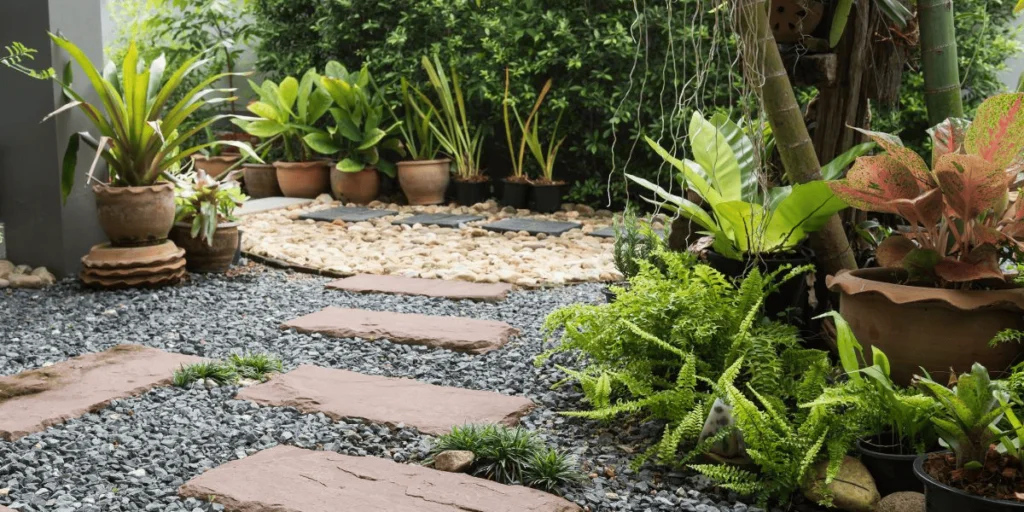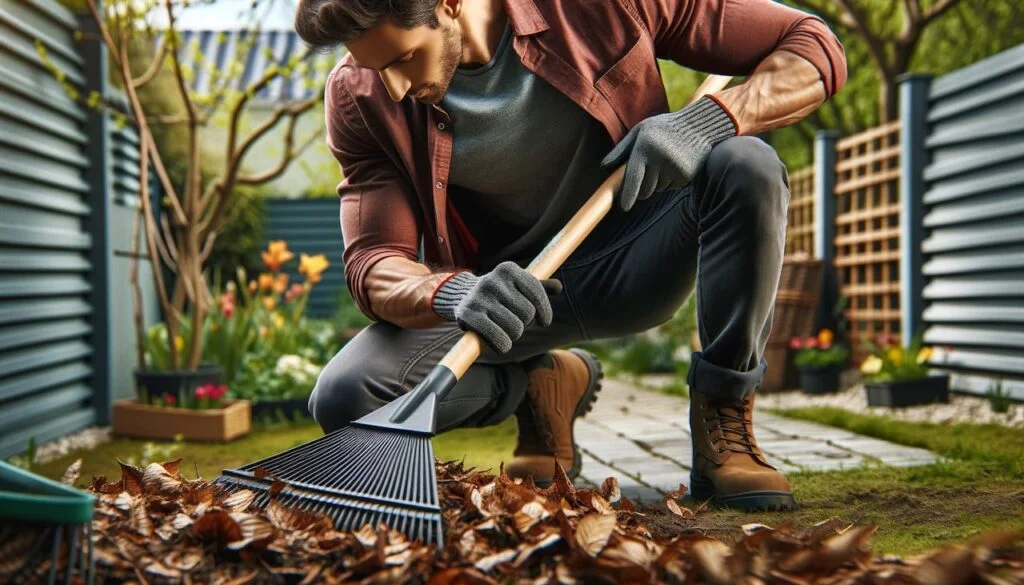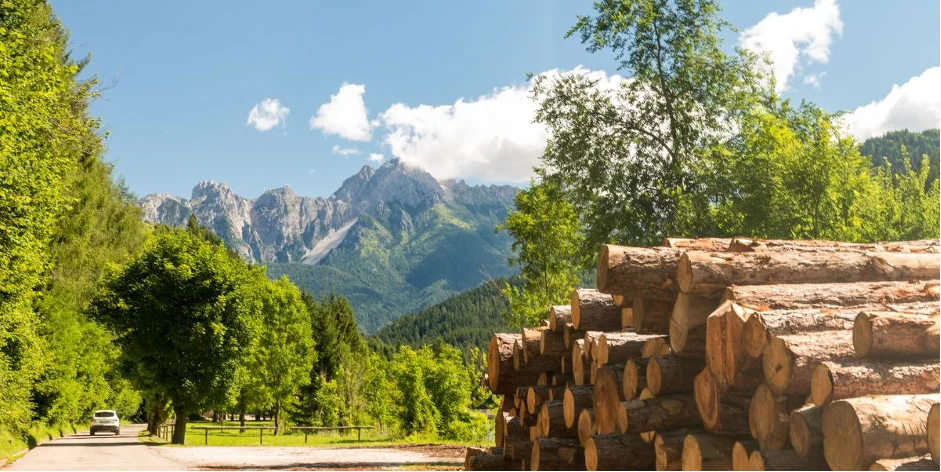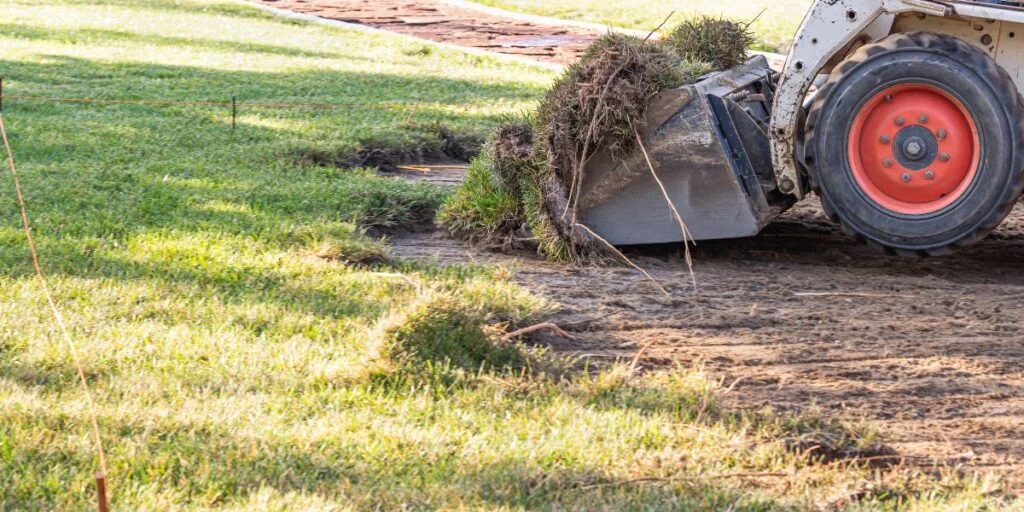Creating a beautiful and functional landscape often involves the use of landscape rocks. These rocks not only enhance the aesthetic appeal of your garden but also serve practical purposes such as reducing soil erosion and providing a clean, low-maintenance ground cover. However, one crucial aspect of installing landscape rocks is deciding what to put underneath them. A proper base is essential to ensure the longevity and effectiveness of your landscaping project. This article will delve into the importance of a proper base, the benefits of well-prepared foundations, and an overview of the materials you can use under landscape rock.
Why a Base is Necessary Under Landscape Rock?
A proper base under landscape rock is more than just a layer of material; it serves several critical functions that contribute to the success and durability of your landscaping project.
Preventing Weed Growth
One of the primary reasons for using a base under landscape rocks is to prevent weed growth. Weeds can be a persistent problem, often finding their way through even the tiniest gaps. A proper base acts as a barrier, significantly reducing the likelihood of weeds sprouting and taking over your pristine landscape.
Improving Drainage
Proper drainage is essential for any landscaping project. Without it, water can accumulate and cause various problems such as soil erosion, plant root rot, and unsightly puddles. A well-chosen base material can help facilitate drainage, ensuring that water flows away from the area efficiently, thus protecting the landscape rocks and the surrounding environment.
Stabilizing the Rocks
Landscape rocks need a stable foundation to stay in place, especially in areas prone to heavy rainfall or foot traffic. A solid base prevents the rocks from shifting, sinking, or creating uneven surfaces, which can be both unattractive and hazardous.
Extending the Longevity of the Landscaping Project
Investing in a proper base under your landscape rocks can significantly extend the life of your landscaping project. It protects against many issues that could otherwise require frequent maintenance or early replacement, ensuring that your landscape remains beautiful and functional for years to come.
What To Put Under Landscape Rock?
Choosing the right material to put under landscape rock is essential for ensuring the longevity and effectiveness of your landscaping project. Each material offers different benefits and drawbacks, so it’s important to select the one that best suits your specific needs. Here are some common materials to use under landscape rock:
Landscape Fabric
Landscape fabric is a popular choice for many landscaping projects due to its practicality and effectiveness.
Prevents Weeds: One of the main advantages of using landscape fabric is its ability to prevent weed growth. The fabric acts as a barrier, stopping weeds from emerging through the rocks and keeping your landscape looking clean and tidy.
Allows Water to Pass Through: Unlike some other materials, landscape fabric is designed to be permeable. This means it allows water, air, and nutrients to pass through to the soil beneath, promoting healthy plant growth while preventing water accumulation on the surface.
Easy to Install: Landscape fabric is relatively easy to install. Simply lay it over the prepared soil, secure it with landscape staples, and cover it with your chosen landscape rock. This simplicity makes it a preferred option for both DIY enthusiasts and professional landscapers.
Plastic Sheeting
Plastic sheeting is another common material used under landscape rock, known for its durability and effectiveness in weed control.
Excellent Weed Barrier: Plastic sheeting creates an impenetrable layer that prevents weed growth entirely. This makes it an excellent choice for areas where weed prevention is a top priority.
Poor Drainage: However, plastic sheeting has a significant drawback: it does not allow water to pass through. This can lead to water pooling on the surface, which might not be ideal for all landscaping projects, particularly those in regions with heavy rainfall.
Suitable for Areas with Minimal Water Exposure: Given its poor drainage properties, plastic sheeting is best suited for areas that do not receive a lot of water exposure, such as decorative rock gardens or pathways where plant growth is not a primary concern.
Sand
Sand is often used as a base material for landscape rock due to its excellent drainage properties and ease of use.
Good Drainage: Sand allows water to pass through easily, preventing waterlogging and promoting a dry surface. This makes it a perfect option for regions with heavy rainfall.
Provides a Level Surface: Using sand as a base can help create a smooth and level surface, making it easier to place landscape rocks evenly and securely.
Might Not Prevent Weeds Effectively: However, sand alone might not be the best option for preventing weed growth. Weeds can still penetrate through sand, so it is often used in conjunction with other materials like landscape fabric for added weed control.
Gravel
Gravel is a versatile and effective base material for landscape rocks, providing excellent drainage and stability.
Excellent Drainage: Gravel facilitates the movement of water, preventing water buildup and potential damage to the landscape. This makes it an ideal choice for regions that experience heavy rainfall or water accumulation.
Stabilizes the Surface: A layer of gravel provides a stable base for landscape rocks, preventing shifting and sinking. This ensures that the rocks remain in place and maintain an even surface.
Needs a Deeper Layer: To be effective, gravel typically requires a deeper layer compared to other materials. This can add to the initial cost and labor but results in a highly durable and stable foundation.
Newspaper or Cardboard
Using newspaper or cardboard as a base under landscape rock is an eco-friendly and cost-effective option.
Biodegradable: Both newspaper and cardboard are biodegradable, meaning they will eventually break down and integrate into the soil. This makes them an excellent option for anyone looking to reduce their environmental footprint.
Suppresses Weeds: These materials are effective at suppressing weeds by blocking light, which prevents weeds from growing. This can be particularly useful for short-term projects or as an initial layer under other materials.
Short-term Solution: While newspaper and cardboard are effective, they are not as durable as other options. They break down over time, which means they may need to be replaced more frequently to maintain their effectiveness.
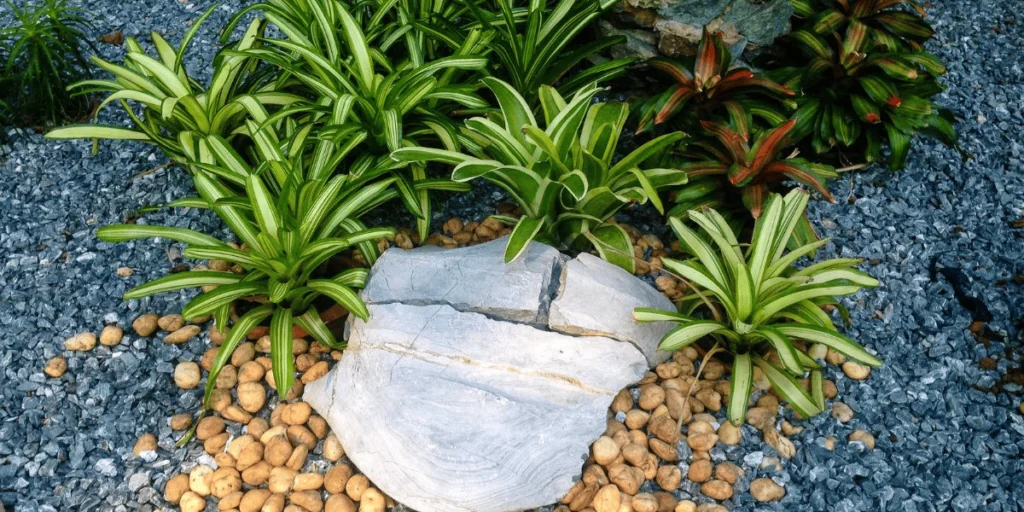
Conclusion
Selecting the right material to put under landscape rock is crucial for the success and longevity of your landscaping project. A proper base not only prevents weed growth and improves drainage but also stabilizes the rocks and extends the life of your landscape. Whether you choose landscape fabric for its ease of installation, plastic sheeting for its excellent weed barrier properties, sand for its drainage capabilities, gravel for its stability, or newspaper and cardboard for their eco-friendliness, each material has its unique benefits and drawbacks. By understanding these options, you can make an informed decision that best suits your specific needs and ensures a beautiful, low-maintenance landscape for years to come.
Cutters Landscaping is your trusted landscaper in Austin, Texas, transforms outdoor spaces into stunning, functional landscapes. From design to maintenance, we ensure every detail reflects your vision. Contact Cutters Landscaping for a free consultation and see the difference we can make!
Frequently Asked Questions
Q.1 How to keep landscape rocks from sinking?
Ans To prevent landscape rocks from sinking, place a geotextile fabric over the soil before adding the rocks. This fabric creates a stable barrier, reducing erosion and soil displacement. Additionally, ensure proper drainage and compact the soil well before adding the fabric and rocks.
Q.2 What do you put underneath gravel?
Ans Underneath gravel, lay a geotextile fabric or landscape fabric to prevent weed growth and keep the gravel from sinking into the soil. Additionally, ensure a well-compacted base of crushed stone or sand to provide stability and improve drainage. This combination guarantees a durable and low-maintenance gravel surface.
Q.3 Do I have to remove mulch before laying landscape rock?
Ans Yes, remove mulch before laying landscape rock. Mulch can decompose, leading to uneven surfaces and potential weed growth. Clear the area, place a geotextile fabric for added stability and weed control, then spread the landscape rock. This ensures a long-lasting, well-maintained landscape.
